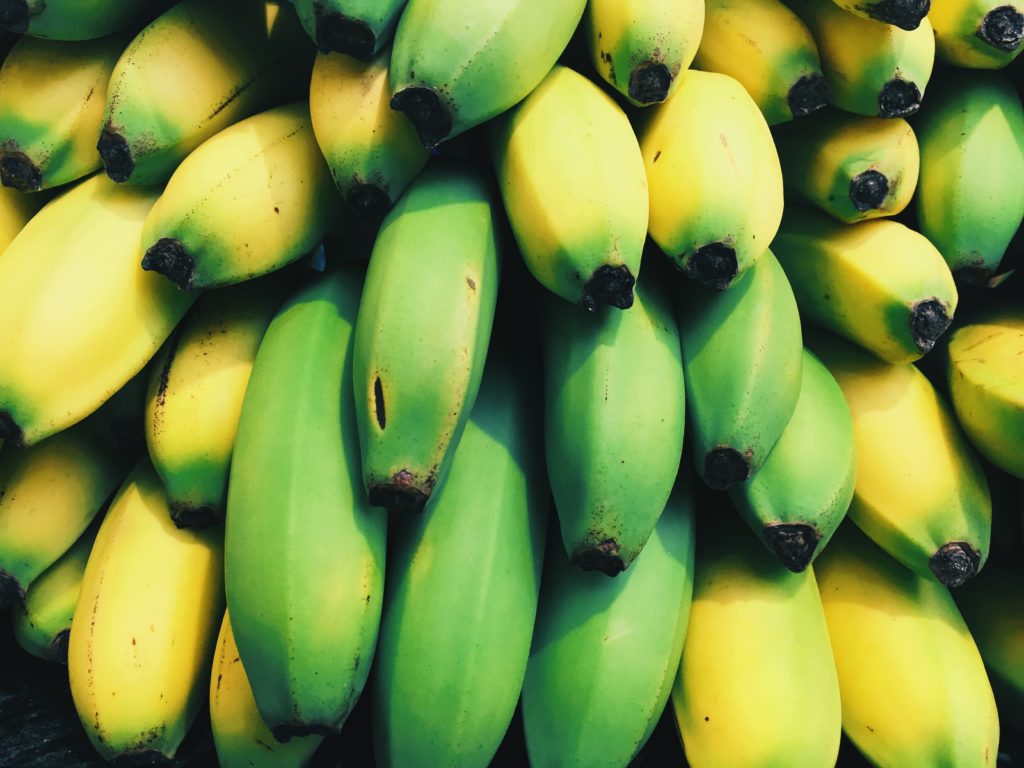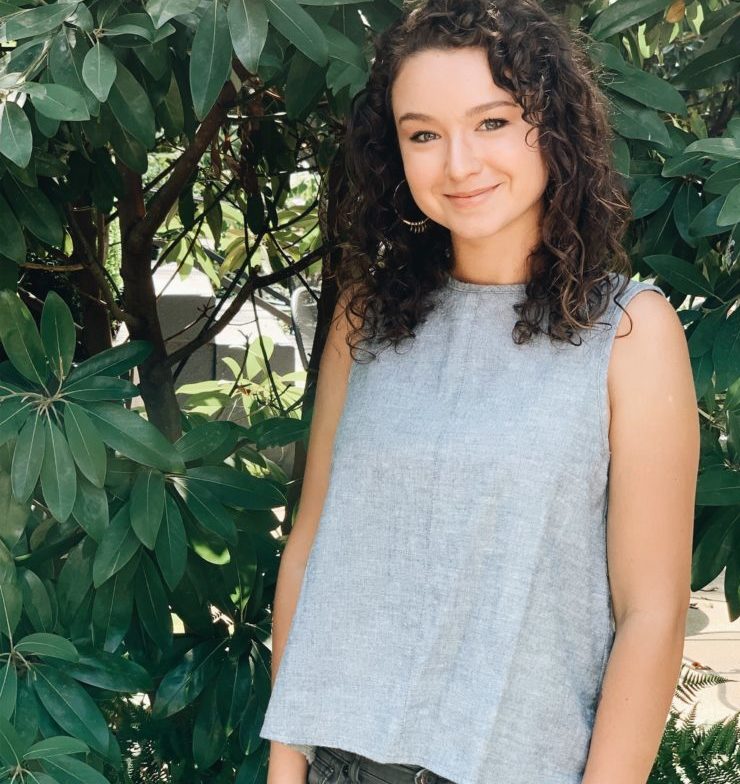Your leftover lasagna, the pizza crust your daughter didn’t want to eat, the almond milk you forgot to drink before you left for vacation, the extra rice no one ate when you ordered in….all of those can be thrown into the compost bin. It’s as easy as separating your lights from your darks, or your paper from your plastic.
There’s no guilt trip when you throw food/food scraps into the trash. It feels like the one thing that’s still allowed to be thrown away. It seems natural. But think about it, is the banana you threw away last week magically turning into soil…while sitting in a big pile of trash somewhere? No. It’s trapped underneath everything else that was thrown away and is not decomposing properly.
Buried food breaks down without oxygen and releases methane gas, which is twenty-one times more harmful than carbon dioxide. Decomposing food reacts with metals in the landfill and creates leachate, a toxic chemical, polluting surrounding groundwater and soil. The answer to the problem is simple: remove the organic food materials from landfills and return them to the earth properly. For years we have been stripping nutrients from soil by farming over it again and again. Composting our food scraps directly returns what we took from the earth, the soil is rejuvenated, landfills become less toxic and our harvests become more fruitful.
In an ideal world there would be a municipal compost bin sitting right next to your recycling. But until that happens, you have two options:
- Start your own compost bin at home, it’s easier than you think! Here’s an easy to follow composting how-to from The Spruce. Your composting bucket can be as cute as the rest of your kitchen decor, here are some great options.
- Option two, use a local weekly composting service in your area.
It couldn’t be easier to make such an impactful, necessary change.
For an in-depth look at how to start a composting bin, be it large or small, read John Quinn’s how-to article, a guide to composting for beginners.
Check out the recent Redfin article we were featured in:
Clean and Green: Here’s How to Compost in an Apartment
People eat a lot of food in the U.S. In fact, the average citizen ate 1,996 pounds of food in 2021. Composting even half of that would reduce methane emissions, help the food supply, and cut agricultural water needs significantly. Unfortunately, composting is still unavailable to many people.
If you’re living in San Francisco, or renting an apartment in New York City, you may have access to municipal composting programs. If this is true for you, all you need to compost in an apartment is a compost container. Otherwise, you can make your compost at home. Read on to learn how to compost in an apartment.



